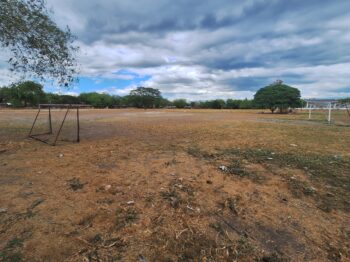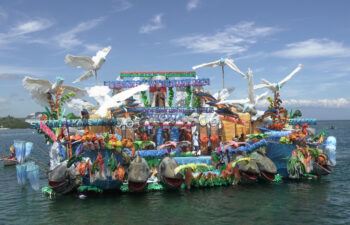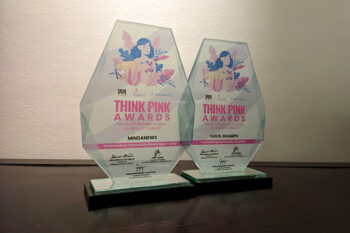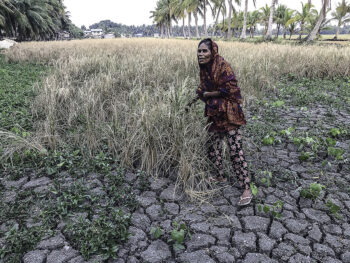by Mucha-Shim L. Quiling
(with Rizam Habibon – MSU-TCTO, BS History graduating student 2019)
TAWI-TAWI (MindaNews / 26 March) — My first excursion into Tawi-Tawi’s capital town of Bongao brought me searching for a kadday pagkahawahan, a native coffeeshop. My mother, who was always my compass in things ancient and of traditional value, told me to go to “Jambatan si Suntik.”
She would have known of course as a first-degree cousin of Beng-Ing Ho, the mayor who built the modern Bongao town in the most turbulent times and in her agile younger years she had frequented Bongao to visit her paternal Aunt, ‘Mbo Hadja Assa.
But it must have been too late when I came to find that reference marker already gone and her memory had been erased by the time I sailed to Bongao in 2014. I saw the Jambatan Si Suntik as no longer the wooden planks she sketched in my mind, but by now a well-finished concrete causeway as mooring platforms of the small boats coming and going from Pababag and Bongao’s nearby islands. And so I sadly followed my instinct that pointed me to search at the Chinese pier and there I found tucked in a rather desolate crook down the narrow dinghy road a coffeeshop with a rather faded signage except for the readable part announcing: “refreshment.”
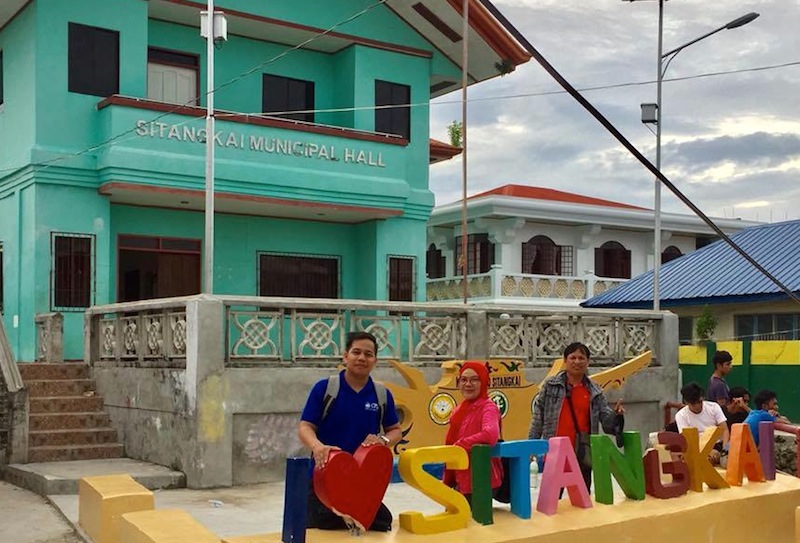
I was met by a young waitress who was of Sama Dilaut lineage, I could tell from her bleached and whitened RDL-abused face and sweet timid smile. A couple of other girls were lazily splatting flies with rolled newspapers as a lilting Malay “Rok Jiwang” strained familiar. But it was not the kadday of tradition I knew.
The brew they served is ordered as “kahawa native” that a local would in a sort of intimate casualness murmur “kahawa lubug.” The cup is filled with the market’s famous brand “Cap Lampu” from Sabah. There are also the instant black coffee in sticks of 10 grams or the 3-in-1 sachet creamed and sugared as retail-packed.
Coffee is served with an assortment of oven-baked bread and yeast-enlivened cakes, a disappointment for one having just docked here from Jolo (Sulu) where the famous bang-bang sug are inseparable partners of kahawa.
On further exploration that first time, I stumbled upon a couple more of these coffeeshops inside the thick of the busy market. But except for the familiar lines of padjak (pawnshops), unlike Jolo or Siasi towns, Bongao did not seem to be thriving with kadday pagkakahawan. And lesser still, was the tradition of serving it with the native ‘tupas’ a smorgasbord of the sorts of native cakes and delicacies or ‘bang-bang sug’. (Today, there is a nice kadday pagkakahawahan with the traditional bang-bang, called Sameera, along Datu Halun street besides the LBC and a few strides before the Bongao jambatan heya).
This curious note-taking made me infer that coffee-drinking was somehow a consequent culture evolved out of the type of trading and commercial exchanges that took place in a pa’rian. And sure enough this kadday-pa’rian dialectics I was to validate later in my subsequent trips to other municipalities in Tawi-Tawi.
In most old towns of Sulu, coffeeshops were convenient public spaces that appeared in the hassle of a bustling pa’rian or market as affordable hubs and meeting grounds of single-product traders or merchant retailers and small hawkers who would, in a single cup of brew, have only the time long enough to afford for haggling, bargaining, or changing minds or coming to an agreement before a business transaction is clinched and done in the kahawa’s hot quick gulps.
But in far south of the chain of Tawi-Tawi isles, Sitangkai proved to be yet another kind of hot-beverage-drinking experience.
Sitangkai is touted as Venice of the South and the Agar-agar (carrageen seaweed) hacienda of the country. Stilt-supported and makeshift settlements called pondohan dot its mid-seas and in its own sort of practical utility have reclaimed most of the seagrounds and converted it into aqua-farms.
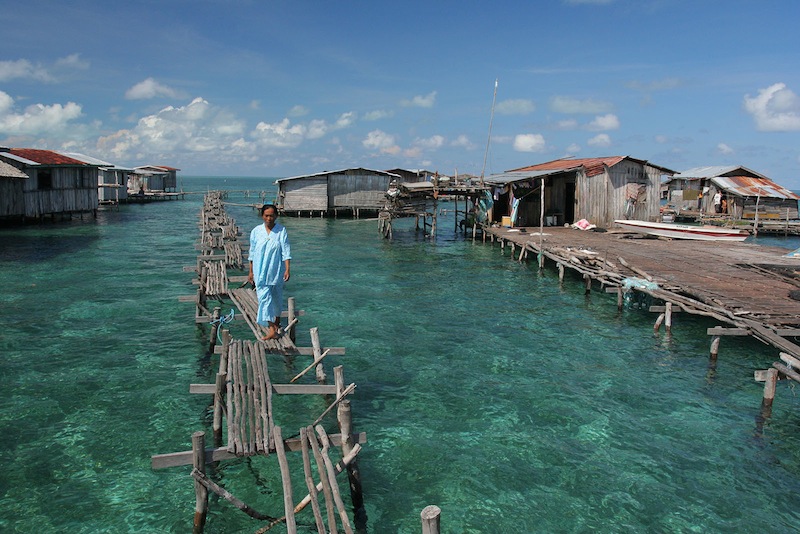
Sitangkai’s pondohan started off as pahanti’an or transitory moorages of sailors and traders. In his undergraduate thesis, Rizam Habibon (2019) described the pondohan kullul pahi, his family-owned pondohan, as a floater or stilt-island lying in the midpoint between barangay Tonggusung of Sitangkai and Lahat Datu in Sabah. Pondohan Kullul Pahi; he reported as originally thriving in sea-based and aquatic livelihood such as magtehun-lappas (sea abalone culture), mag-suh bat (gleaning of seaslugs and sea cucumber), and magpissi (hook and line fishing) before seaweed farming boomed into a lucrative industry.
Now, kullul pahi has turned into a full-pledged agar-agar plantation and the families that put up transitory settlement there are no longer exclusively the Habibons, and now occasionally receiving transients in transit to Sabah. Kullul Pahi has become a convenient farming ground for economic migrants who come as seasonal farmers from Siasi, Tapul, and parts of Sulu archipelago to plant agar-agar in kullul pahi.
Agar-agar landlords, who are locally called the “Boss,” are the middlemen and usually own warehouses and operate wholesale buying businesses where the seaweed farmers, called “Batah,” on endowment and with open credit-line of the Boss, are expected to sell their dried agar-agar. The Boss then tranships the semi-processed seaweeds in sacks to sell to bigger warehouses in Zamboanga and Cebu. The same protocol works as with other marine products such as dried fish, squids, crustaceans, and seashells. The bosses who usually have their warehouses in Sitangkai poblacion deal business in bulk and on wholesale.
On coming upshore to Sitangkai proper, an itinerant visitor is welcomed and served with a hot glass of tea with tupas of tiny confectionery cakes dainty in their paired glass plates or bone china that grandmothers used to own. These cookies that go by their Malay names are home-made. In trading towns like Sitangkai, traders and merchants do not transact business in a hurry, so the expectedly long talks deserve countless cups or a bottomless glass of hot tea. Because bulk-goods are not traded among quick acquaintances or dealt in accidental street-dealings, traditional traders do not casually lounge in cafes. Traders invite or are invited over by fellow traders into private homes or business dens to do business. On being initiated into this trading culture, one must not expect then to find a coffeeshop peeping among the array of shopdoors that line Sitangkai Poblacion’s waterway. There is none.
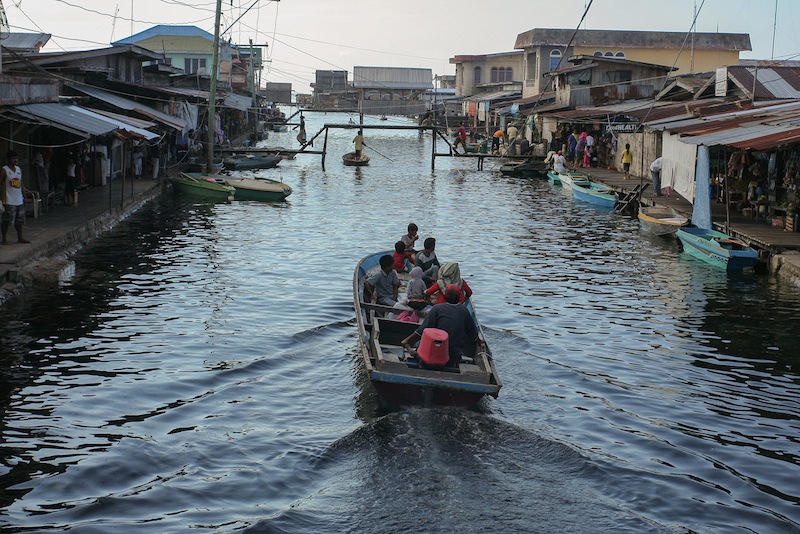
The logic of kadday and pa’rian versus private tea parties partaken by business-partners should somehow give us a clue now of the variations in type of commerce and the kind of trading culture in retail marketplaces like in Bongao town and the bulk-trading transactions transpiring in such transit ports as Sitangkai. Deeper sociological probing would then reveal the genealogy of economic activities in Sitangkai as one of oldest and traditional. The resilience of these trading practices is evidence of Sitangkai’s status as once an inter-continental transhipment entrepot in the south before the destruction wrought by the Japanese war.
Another remnant proof of Sitangkai’s enduring economy and its advanced (if well-differentiated) society of maritime commerce is the presence of the Sama Dilaut and their role in the economic system. To some degrees, the process of the Sama Dilaut economic transformations is reflective of Sitangkai’s own evolution as a maritime trading system.
A Sama Badjaw sociologist who had by far the record of deepest immersion and the longest research experience with his people was the late Hadji Musa Malabong. In 1997, he observed what was the beginning of the demise of the last boat-dwelling Sama Dilaut. If Hadji Musa’s calculations were accurate, this could as well mark the last appearance of the enterprising lepa. With the vanishing lepa and its economic utility consequently signaled the end of productive engagement of Sama Dilaut as an important player in the symbiosis of maritime trading society in Tawi-Tawi.
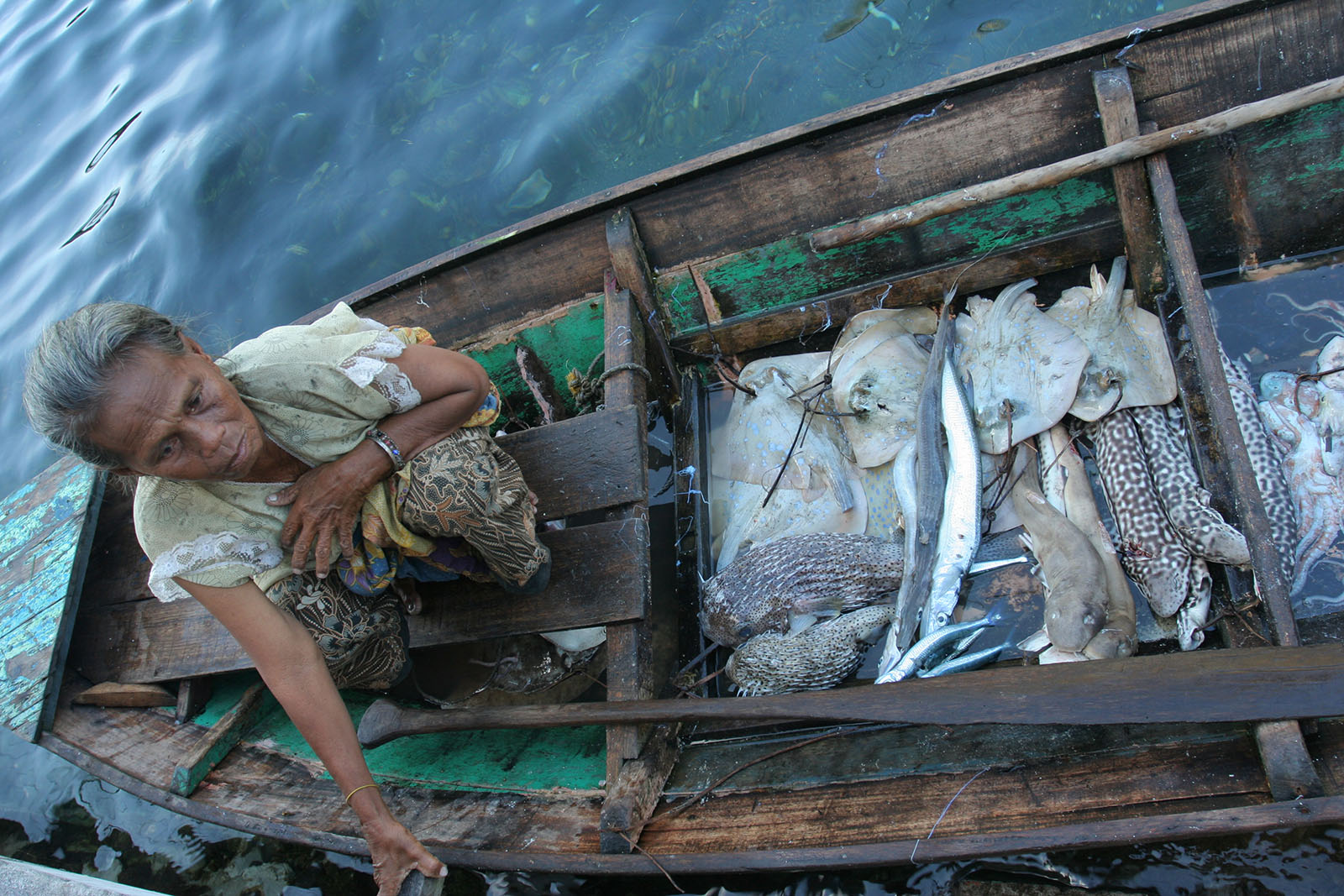
Sitangkai could have been the best showcase of Tawi-Tawi cosmopolitan hub of commerce. Not only is this reputation historic but it is still consistent with present reality. When the entire Tawi-Tawi was still part of Sulu unitary province, Sitangkai was already with a reputation of its own, and it has a well- studied archive of feasibilities of its being a global village.
.
But Sitangkai and Tawi-Tawi, as many island- municipalities in Sulu and TawiTawi have suffered over the last half century of turmoil, are victims of historical injustice — of political gaslighting, of manufactured truths to suit the political class, as all our human developments have been in the past three or so generations
.
Our ideals and values of a good life and of prosperity have become manipulated to be subservient to politicians’ careers and capitalists’ quest for immortality, sacrificing much of our environment, social and ecological diversity and depleting our precious social capital through migration, brain-drain and — cliche to mention — the death-trap of continuing and massive impoverishment of the poor.
.
In the next decade, we shall have lost the last of the resilient sea nomads of South East Asian basin, the Philippine Badjaw or Sama Dilaut. And, no, we shall not blame that on ourselves, or on politicians or on the economic and social elites. But we shall have the convenient scapegoats to curse — climate change, and the extremists or ” their god.” And then, we cannot be faulted if we have stayed this long either as the ruling authorities or the revolutionists waging wars for the past half century and still aspire for another 50 more to remain in power since we are “experts on this, masters on that,” but with NO bright results.
Our people in the grassroot are barely coping and we keep putting them at bay, asking them to exercise more prudence and be more patient. May God forbid, but they may no longer survive the often unkind tides of changes, but to succumb, and we will be lost forever.
I may not have been born in Tawi-Tawi, I am not even its permanent resident and registered voter. But especially in my adult life I have been a faithful citizen of its sea and as a Sama of Sulu Sea, I feel the pulse of my homeland and people. I own my humble opinion, and I have been honestly critical of failed systems, many times, but also unhesitant in praising and endorsing genuine leaders, of present and past, who have always worked sincerely for Tawi-Tawi and Sulu’s best interests.
I am fully for Tawi-Tawi’ s rise into prosperity and pray for its good leaders to awaken. Tawi-Tawians, Sama, Mapun, Tausug, Sama Dilaut — all these peoples, regardless of ethnic affinity, are peoples of great traditions and descended from saintly nobility.
For all of them, coming from the myriad reefs, islands, and coasts, oceans and seas, I earnestly plead to Allahu subhanahu wa taala that He grants us the strength of will to be patient and steadfast, but more urgently, may we have the courage to unite!
Allahumma ameen!
(MindaViews is the opinion section of MindaNews. Prof. Mucha-Shim Lahaman Quiling is Director of Sama Studies Center of Mindanao State University in Tawi-Tawi and writes under Sulu Current Research Institute and Sharif Ul Hashim, Inc. She is based in Tawi-tawi)

